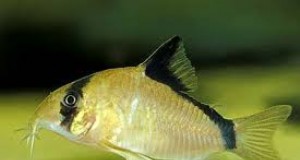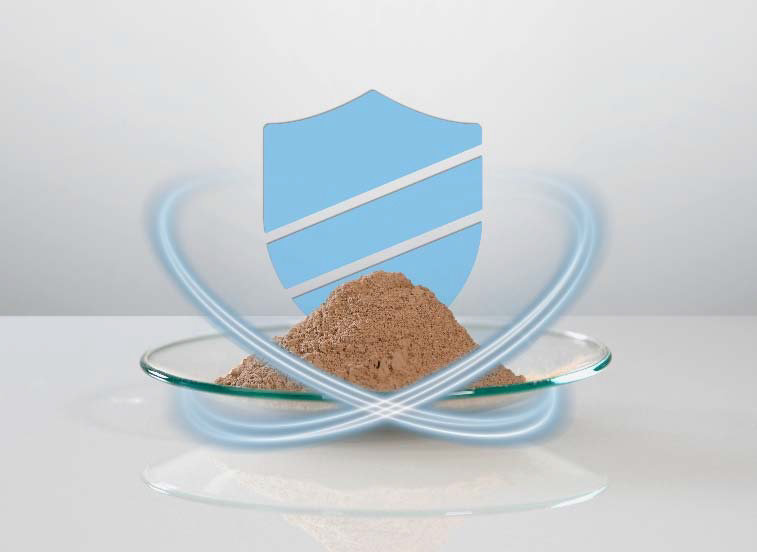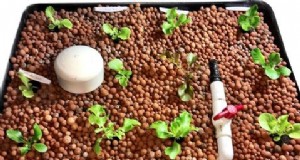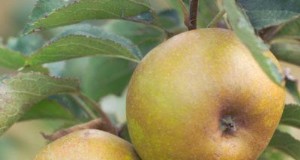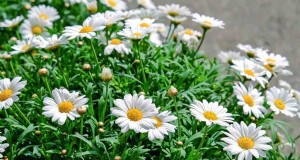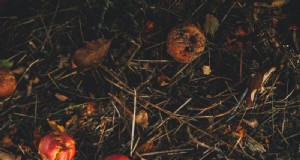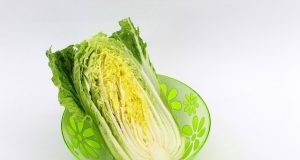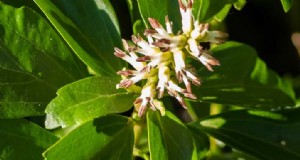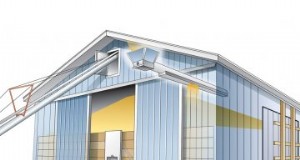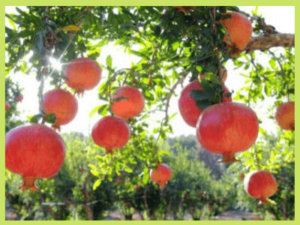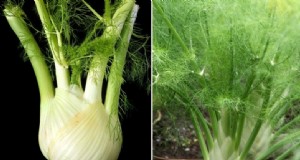Budidaya jamur di India berkembang selangkah demi selangkah sebagai alternatif pasokan keuntungan bagi banyak orang. Di seluruh dunia, Amerika Serikat, Cina, Italia dan Belanda adalah produsen jamur teratas. Di India, Uttar Pradesh adalah produsen jamur terkemuka diikuti oleh Tripura dan Kerala.
Apa itu budidaya jamur?
Jamur adalah kerangka buah jamur, sama seperti apel adalah tubuh buah dari pohon apel. Jamur merang adalah sejenis jamur yang memiliki nama latin Agaricus bisporus. Jamur yang termasuk dalam spesies jamur adalah makanan vegetarian yang bergizi dan sumber protein berkualitas tinggi yang baik (20-35 persen berat kering). Saat ini 3 varietas jamur yang dibudidayakan yaitu, jamur putih (Agaricus bisporus), jamur jerami padi (Volvariella volvacea) dan jamur tiram (Pleurotus Sajor-Caju).
Di kerajaan sayuran, jamur digolongkan dengan organisme heterotrofik (tumbuhan tingkat rendah). Tidak seperti tinggi, tanaman hijau, heterotrof ini tidak dapat melakukan fotosintesis. Jamur adalah pemulung alam. Dalam budidaya jamur, barang bekas berupa kotoran ayam, kotoran kuda, Sedotan, gipsum dan air limbah (dari kompos mereka sendiri) digunakan untuk menyediakan substrat yang sangat memuaskan dari mana jamur akan tumbuh. Amonia dihilangkan dari udara proses melalui mesin cuci amonia sebelum dikembalikan ke alam. Bahkan amonia dari udara digunakan sebagai sumber nitrogen dalam pengomposan.
jamur, juga disebut sebagai miselium, memanfaatkan kotoran ternak sebagai sumber energi untuk pembakarannya, membebaskan energi yang digunakan untuk pertumbuhan. Jamur mengandung banyak vitamin dan mineral, seperti B- Kompleks dan besi, dan merupakan sumber protein berkualitas baik seperti lisin. Jamur benar-benar bebas lemak (kolesterol) dan juga kaya akan antioksidan.
Berbagai jenis budidaya jamur di India:
Ada tiga jenis jamur yang dibudidayakan di India, mereka jamur kancing, jamur merang dan jamur tiram. Jamur jerami padi dapat berkembang pada suhu berkisar antara 35⁰ hingga 40⁰C. Jamur kancing tumbuh di beberapa titik di musim dingin. Jamur tiram tumbuh di dataran utara. Ketiga jamur signifikansi bisnis ditanam dengan bantuan teknik yang unik. Mereka ditanam di tempat tidur luar biasa yang disebut tempat tidur kompos. Pelajari cara menjinakkan jamur dari setiap jenis.
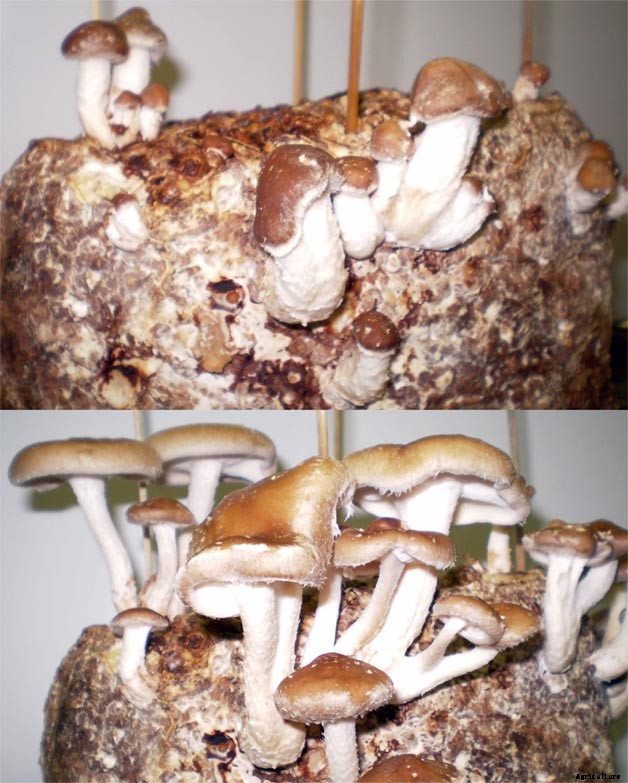

Langkah-langkah Budidaya Jamur:
Enam langkah budidaya jamur diberikan sebagai berikut:
Langkah 1:Persiapan Kompos
Untuk memulai dengan ide pertanian yang luar biasa ini, kita perlu mempelajari konsep “persiapan kompos”.
Langkah awal persiapan kompos ini umumnya dilakukan di luar ruangan meskipun struktur tertutup dengan naungan di atasnya dapat digunakan. Di sini pelat beton, juga dikenal sebagai dermaga, diperlukan untuk pengomposan. Plus, turner kompos untuk menganginkan dan mengairi bahan-bahan, dan diperlukan troli untuk memindahkan bahan ke mesin bubut.
Pada zaman dahulu tumpukan kayu dibolak-balik dengan tangan menggunakan garpu rumput, yang masih menjadi alternatif alat dan perlengkapan mekanik, tetapi cukup padat karya dan menuntut fisik untuk pekerjaan seperti ini.
Semuanya dimulai dengan mencampur dan membasahi bahan-bahan yang diperlukan karena mereka ditumpuk dalam tumpukan bentuk persegi panjang dengan sisi yang rapat dan bagian tengah yang longgar. Biasanya, bahan curah dimasukkan melalui turner kompos. Setelah air ini ditaburkan ke kotoran kuda atau kompos sintetis misalnya, saat bahan-bahan ini bergerak melewati turner. Sekarang suplemen Nitrogen dan gipsum (CaSO4. 2H2O) tersebar di atas bahan curah dan dicampur secara menyeluruh dan hati-hati oleh turner. Setelah tumpukan direndam dan dibentuk, fermentasi (pengomposan) dimulai sebagai hasil dari pertumbuhan eksponensial dan reproduksi mikroorganisme, yang merupakan proses alami dalam bahan curah.
Kompos untuk menumbuhkan jamur ini berkembang karena sifat kimiawi bahan mentah diubah oleh aktivitas mikroorganisme, panas, dan beberapa reaksi kimia eksotermis. Hal-hal ini secara kumulatif menghasilkan sumber makanan yang paling cocok untuk pertumbuhan jamur dan juga menghambat perkembangan jamur dan bakteri lain. Kelembaban harus optimal, oksigen, nitrogen, dan karbohidrat hadir sepanjang proses, sebaliknya, prosesnya mungkin berhenti. Inilah sebabnya mengapa air dan aditif lainnya ditambahkan secara siklis dan berkala, dan tumpukan kompos gelisah saat bergerak melalui turner.
Menariknya Gypsum di sini ditambahkan untuk meminimalkan viskositas yang biasanya dimiliki kompos. Gypsum meningkatkan fluiditas bahan kimia tertentu dalam kompos, dan mereka menempel pada jerami atau jerami daripada menghalangi porositas di antara sedotan. Selain ini, keuntungan sampingan dari fenomena ini adalah udara dapat meresap ke dalam tumpukan dengan nyaman, dan udara sangat penting untuk proses pengomposan. Pengecualian hasil udara dalam lingkungan anaerobik di mana senyawa kimia busuk terbentuk yang sangat berbahaya bagi tanaman. Gypsum ditambahkan pada awal pengomposan sekitar 18 kg per ton bahan kering.
Namun suplemen penting lainnya adalah suplemen Nitrogen, yang secara umum digunakan saat ini termasuk biji-bijian pembuat bir, tepung biji kedelai, kacang kacangan, atau kapas, dan kotoran ayam, dll. Seluruh dan satu-satunya tujuan suplemen ini adalah untuk meningkatkan kandungan nitrogen menjadi 1,5% untuk kotoran kuda atau 1,7% untuk sintetis, keduanya dihitung berdasarkan berat kering. Kompos sintetis memerlukan penambahan amonium nitrat atau urea pada awal pengomposan untuk menyediakan mikroflora kompos dengan bentuk nitrogen yang tersedia untuk reproduksi dan pertumbuhannya.
Namun terkadang tongkol Jagung tidak tersedia atau tersedia dengan harga yang dianggap selangit. Pengganti tongkol jagung termasuk parutan kulit kayu keras atau serbuk gergaji, contohnya, kulit biji kapas, pomace anggur dinetralkan, kulit biji kakao, dan pomace anggur yang dinetralkan. Pengelolaan tumpukan kompos yang mengandung salah satu dari bahan-bahan ini unik dalam hal persyaratan penyiraman dan interval antara membalik tumpukan.
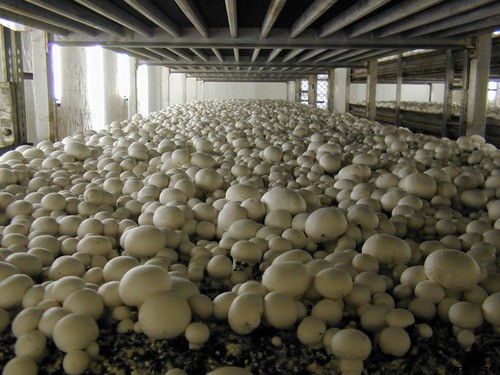

Pada awalnya, tumpukan kompos harus selebar 5 hingga 6 kaki, tinggi 5 sampai 6 kaki, dan panjang dengan itu. Kotak dua sisi dapat digunakan untuk membentuk tumpukan (rick), meskipun beberapa turner dilengkapi dengan "ricker" sehingga kotak tidak diperlukan. Sisi tumpukan harus kokoh dan padat, namun bagian tengahnya harus tetap longgar selama pengomposan Tahap I. Saat jerami atau jerami melunak selama pengomposan, bahan menjadi kurang kaku dan penyusutan dapat dengan mudah terjadi. Jika bahan menjadi terlalu padat, udara tidak dapat mengintai di sekitar tumpukan dan lingkungan tanpa udara akan dikembangkan.
Proses pengomposan awal ini berlangsung tidak lebih dari beberapa minggu, tergantung pada sifat bahan di awal dan karakteristiknya di setiap titik. Ada bau amonia yang kuat terkait dengan pengomposan, yang biasanya dilengkapi dengan manisan, bau berjamur. Ketika suhu kompos 68 derajat celcius dan lebih tinggi, dan ada amonia, terjadi perubahan kimia yang menghasilkan nutrisi yang digunakan secara eksklusif oleh jamur.
Sebagai produk sampingan dari perubahan kimia, panas dilepaskan dan suhu kompos meningkat. Suhu dalam kompos dapat mencapai 76 hingga 82 derajat Celcius selama putaran kedua dan ketiga ketika tingkat aktivitas biologis dan kimia yang diinginkan terjadi. Pada akhir Tahap satu kompos harus:1) berwarna coklat kecokelatan; 2) memiliki kelembutan, sedotan lembut, 3) memiliki kadar air sekitar 68 sampai 74 persen; dan 4) memiliki bau amonia yang kuat. Ketika kelembaban, suhu, warna, dan bau yang dijelaskan telah tercapai, Selamat! Anda sekarang selesai dengan Langkah 1.
Semoga Anda menikmati Pertanian Jamur Tahap I!
Langkah 2:Menyelesaikan Kompos
Jadi, mari kita hentikan proses pengomposan sama sekali.
Now that you have terminated with phase one composting, we’ll be heading towards the second and extremely important step that is “Finishing the Compost”.
So, here are two major reasons for Phase two or step 2 of composting. Pasteurization is necessary to kill any unwanted bacteria, serangga, nematoda, hama, jamur, or other headaches that may be present in the compost. And secondly, it is necessary to remove the ammonia which formed during Phase I composting. Ammonia at the end of Step 2 in a concentration higher than 0.07 per cent is often dangerous to mushroom spawn growth, so it must be eliminated; Rata-rata, a person can sense ammonia when the concentration reaches the threshold of 0.10 per cent.
Whether the compost is kept in beds, trays, or bulk, should be spread uniformly in-depth and compression or density. Compost density should allow for the gas to move around, this would make sure that ammonia and carbon dioxide would be replaced by the outside air.
Step 2 composting can be perceived as a regulated, temperature-dependent, ecological process using air to maintain the compost in a temperature range optimal for the de-ammonifying organisms to grow and reproduce. The growth of these thermophilic (heat-loving) organisms depends on the availability of usable carbohydrates and nitrogen, some of the nitrogen in the form of ammonia.
Optimum management for Phase II is difficult to pinpoint and most growers(commercial) tend toward one of the two systems in common use today:high temperature or low temperature. Due to the jargon nature of this process, it’s quite difficult to put the variables into exact numbers.
Untuk itu, you need to consult online, with someone who has experience in this field and it’s better if you find that person in your vicinity.
Step 3:Spawning
Mushroom spawning is similar to the seedling stage in agriculture and means keeping the spawn (mycelium) of mushrooms that can be purchased from a laboratory at nominal prices. After laying the spawns evenly on the tray and distributing it ergonomically, cover it with a thin layer of compost and keep it moist. Cover the tray with a wet sheet of paper and sprinkle water at regular intervals. The trays can be stacked on top of each other at a spacing of 15–20 cm. Keep the walls and floors wet to maintain a humidity-filled environment and temperature at 25 ° C.
Step 4:Casing
Be a bit vigilant about this one!
The casing is a covering applied to the spawn-run compost on which the mushrooms slowly and steadily form. The constituents are, field soil clay-loam, a mixture of peat moss with ground limestone, or reclaimed weathered, spent compost that could be utilised as the casing.
The Casing doesn’t require nutrients as the casing only acts as a water reservoir and a place where the formation of rhizomorphs takes place. The Rhizomorphs look like thick strings and form when the very fine mycelium fuses.
Casing must be pasteurized to eliminate any insects and pathogens which it might be carrying. It’s also quite important that the uniformity of the layers remains intact. This allows the spawn to move into and through the casing at the same pace and, akhirnya, mushroom growth happens tauta chromatically. The casing should be able to retain moisture since moisture is essential for the development of a healthy mushroom.
The crop management after casing requires that the compost temperature be kept at around 24° C for up to 5 days after casing, and the relative humidity should be high. Kemudian, the compost temperature should be lowered to about -16.5°C each day until small mushroom initials have formed. Throughout the period following casing, water must be applied periodically to raise the moisture level to field capacity before the mushroom pins form. Knowing when, bagaimana, and how much water to apply to casing is an “art form” which is the subtle difference that acts as a trench between experienced growers from beginners.
Step 5:Pinning
The Mushroom instigates as and when rhizomorphs have started growing in the casing. The initials are minuscule but can be seen protruding on a rhizomorph. Once an initial grow four folds in size, the structure is a pin. Pins continue to grow larger through the button stage, and ultimately a button enlarges to a mushroom. The harvestable crop appears after around three weeks or maybe a few days here and there. Pins develop when the carbon dioxide content of room air is lowered to 0.08 per cent or lower, depending on the skill set of the grower, by introducing clean and fresh air into the growing room. Outside air has a CO² content of about 0.04 %.
If the CO² is lowered too early by airing too soon, the mycelium ceases to grow through the casing and mushroom initials plunge to the surface of the casing. As such mushrooms continue to thrive, they push through the casing and are tedious at harvest time. Too little wetness can also result in mushrooms forming below the surface of the casing. Pinning affects both the potential yield and quality of a crop and is a stepping stone in the production cycle.
Step 6:Cropping
It’s the final but a step of utmost importance. The value you’ll be generating out of this business always goes hand in hand with the ingenuity you’re putting in the cropping process.
It varies from person to person and depends upon the given below factors:
- Production Capacity
- Ambient Conditions
- Investasi
- Cropping Pattern
These were some of the variables you have to take care of if you want good returns. This comes in naturally as you get more and more experienced in the trade.
Disease and pest controlling measures in Mushroom Farming:
Mushroom flies:
These flies are small, delicate, hitam, yellowish or sometimes brown with different types of wing venation and size.
Pengelolaan:
Spring is inside the wall of the mushroom house.
The insecticide should be added in the last turning of the compost.
Mites:
They are small in size and are Majorly white, kuning, red and brown.
They can be found running over the surface of the fruit bodies, mushroom beds and on the floors and walls of the mushroom houses.
They damage the crop by feeding on the spawn to make holes in the mushroom caps and stalks and cause stunting of fruit bodies as well as brown spots on the caps and stems.
Pengelolaan:
Proper pasteurization of compost.
Proper hygiene and sanitation.
Disinfection of the mushroom houses by spraying 0.1% dicofol.
Burning sulphur in the empty room.
Springtails:
They are silver-grey 2 brown colours with a light violet band along the sides of the body and black cellular fields present on the head.
They are the main species that damage mushrooms.
They enter mushroom houses along with organic matter.
They feed on mycelium from spawn.
They also feed on the gills of the oyster mushroom destroying the lining and spit out the mycelial strands at the base of the stripes.
They also attack the fruiting bodies of button mushrooms and cause slight pitting and browning at feeding sites.
Pengelolaan:
Cleaning surrounding and inside of the mushroom house.
Proper disposal of spent compost.
Proper pasteurization of composed and casing material.
Raising the crop above the floor level.
Penyakit:
Fungal diseases dry bubble:Verticillium fungicola
They are Muddy brown, often sunken spots on the cap of the mushrooms.
Greyish white mouldy
growth was seen on the pileus.
In a later stage, the mushroom
becomes dry and leathery.
Pengelolaan:
Use clean equipment.
Control flies and mites.
Sanitary condition in growth house.
Bubbles can be destroyed with salt.
Infected mushrooms should be destroyed to prevent the spread.
Wet bubble:
Mycogen perniciosa:
Malformed mushrooms with swollen stipes.
Reduced or deformed caps.
Undifferentiated tissue becomes necrotic and a wet, soft rot emits a bad odour.
An amber liquid appears on infected mushrooms.
Mushrooms become brown.
Bubbles may be as large as a grapefruit.
It is also a parasite of wild mushrooms.
It produces two spore types, one which is small and water-dispersed like Verticillium. the second which is a large resting spore capable of persisting for a long time in the environment.
Pengelolaan:
Hygiene and sanitation in a growth house.
Clean surrounding.
Benomyl at the rate of 0.95 g/m².
Carbendazim and Thiabendazole at the rate of 0.62 g/m².
Bacterial diseases:
Bacterial spot / brown blotch:Pseudomonas tolaasii
Pale yellow spots on the surface of the piles later turn yellow.
Dalam kasus yang parah, mushrooms are radially streaked.
Damage at storage and transit.
High humidity and watery conditions are favourable for disease.
Vector:Tyroglyphus mite.
Lesions on tissue that are pale yellow initially later become a golden yellow or rich chocolate brown.
The discolouration is superficial (not more than 2 to 3mm).
Pengelolaan:
Hygiene and sanitation.
Low humidity.
Watering with an A1 50 ppm chlorine solution.
Viral diseases:
Virus (several)
Double-stranded RNA
Reduced cropping,
Bare patches on the beds,
Long-bent stalks with small caps,
Premature opening of mushrooms,
Stalks tapering towards the base of the stalk.
Pengelolaan:
Farm hygiene.
Clean trays to prevent infection from old infected mycelia.
Maintaining 60°C temperature throughout the compost.
Advantages of Mushroom Farming:
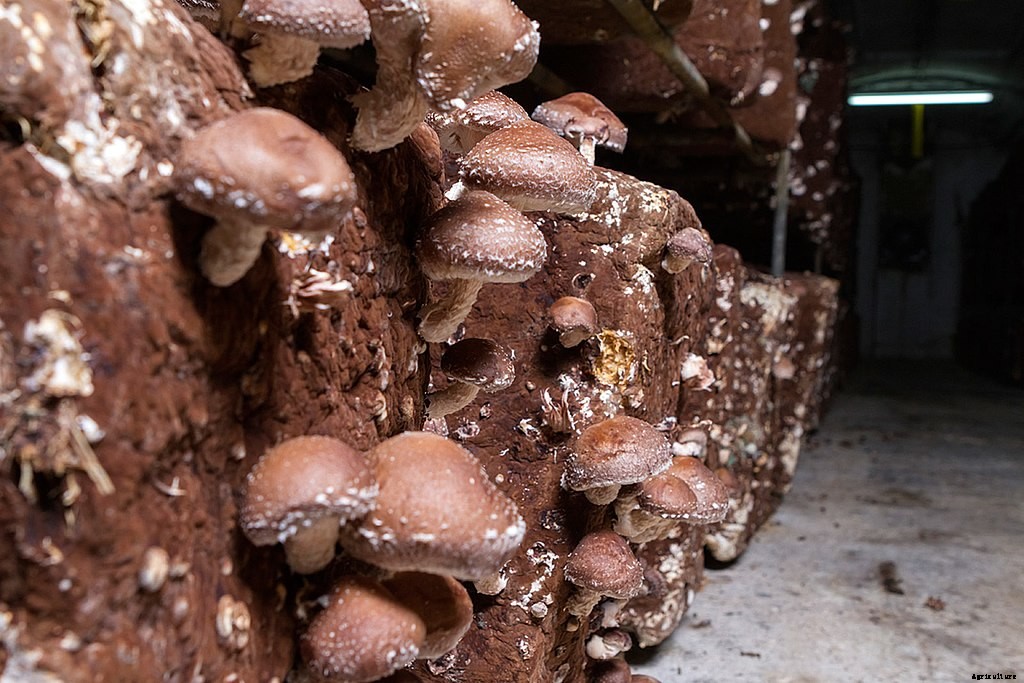

- Environment friendly
- Use agriculture waste as substrate
- Possible production all the year-round
- Uses less capital
- Income and employment generator
- Mushrooms are rich in digestible essentials amino acids, rich protein, vitamins and minerals but low volume of high-quality unsaturated fat and water-soluble carbohydrates.
- Have high medicinal properties.
- It constitutes one of the most promising resources for promoting rapid socio-economic development.
Disadvantages of Mushroom Farming:
- Lack of availability of quality spawn.
- Mushroom spores can enter your lungs and cause serious health complications.
- Mushrooms have an extremely strong smell and it worsens over time.
- Need to constantly regulate the temperature.
- Lack of proper training.
- The chances of contamination are high in the Farming of Mushroom.
Conclusion:
The world mushroom industry has accelerated very rapidly in the last two decades by way of consisting of new types of mushrooms for commercial farming. Namun, mushroom as a vegetable has not located an ordinary area amongst Indian consumers. Despite a favourable agro-climate, an abundance of agricultural wastes, noticeably low-cost labour and wealthy fungal biodiversity, India has seen a lukewarm response in its growth. Saat ini, the whole mushroom manufacturing industry in India is around 0.13 million tonnes.
From 2010-2017, the mushroom industry in India has recorded a common increase charge of 4.3% per year. Of the total mushrooms produced, white button mushroom bills for 73%, observed through oyster mushroom (16%), paddy straw mushroom (7%) and milky mushroom (3%). Compared to other vegetables; The per capita consumption of mushrooms in India is low and information shows that it is much less than 100 grams per year.
In the 12 months 2016-2017, the Indian mushroom enterprise generated an income of Rs. 7282.26 lakhs by exporting 1054 quintals of white button mushroom in canned and frozen form. Considering the production figures, the demand for spawn in India is estimated to be around 8000-10000 tonnes per year. The majority of this business spawn is furnished to non-public producers and the contribution of public region corporations in spawn grants used to be constrained to only 10%. Dalam artikel ini, we attempted to analyse the contemporary state of affairs of the mushroom industry with the assistance of AICRP community centres placed throughout the US and discuss the possibilities and challenges for the improvement of mushroom entrepreneurship in India.




